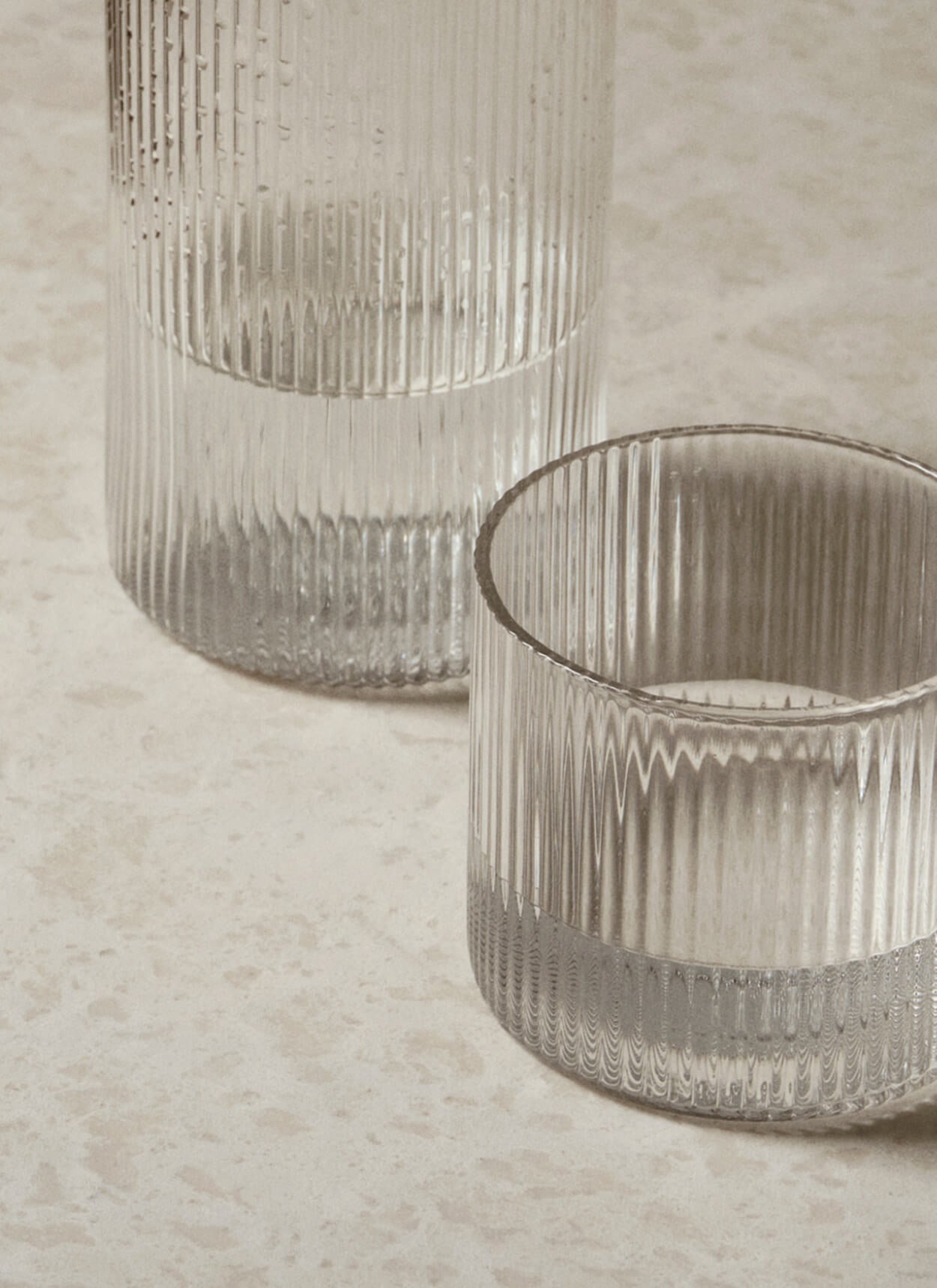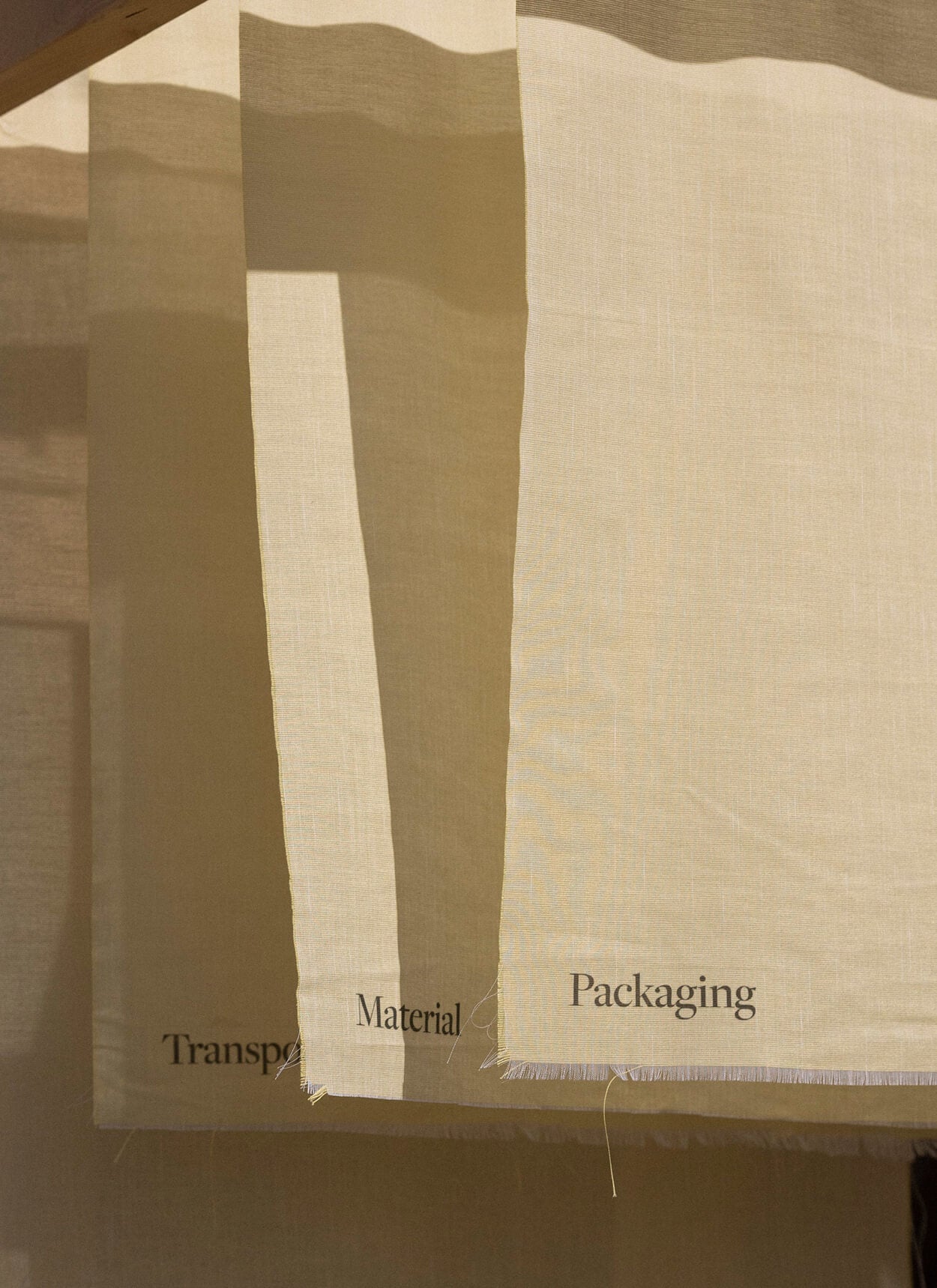
Behind the Design
The Making of the Sculptural Oyster Lamps
Join us on the journey from early inspiration to turning recycled aluminium into the sculptural Oyster Table and Wall Lamp.
Inspiration and the Creative Process
Inspired by an earring belonging to Ferm Living’s founder Trine Andersen, the design team wanted to make a decorative lamp that should function as a work of art in the home. The Ferm Living design team pursued a floating, natural form that could mirror the elegant, organic composition of the earring and took a somewhat playful approach in defining the shape. Through multiple drawings and by experimenting with folded orange and white paper, the design team chose two shapes – one which would be the Oyster Wall Lamp and one which would be the Oyster Table Lamp. The characteristics of the two reminded the team of oysters found at the beach, which sparked new ideas for material, texture, and function.
Like a pearl in a natural oyster, it was envisioned that the light should be concealed within the lamps like a hidden treasure. For the Wall Lamp, the solution became to place a hidden strip of LED light, whereas the Oyster Table Lamp would have a small lightbulb concealed deep within the strong curves.
Completing the design, the team tested various textures and materials to find the perfect match for the Oyster Lamp. It was essential that the light emitting from the lamps would be cosy and warm to emphasise the decorative and artful nature of the design. The team dreamed of having a surface that could resemble an oyster shell’s natural beauty and tactility. It was finally decided that the lamps should be sand-casted with a blackened finish to give them that rough but beautiful expression, characterising real oysters.


“Like a pearl in a natural oyster, it was envisioned that the light should be concealed within the lamps like a hidden treasure.”
The Production of the sculptural Oyster Lamps
The production of the sculptural Oyster Lamps begins with recycled aluminium arriving at the factory in India. While the aluminium is heated up, the people working in the sand-casting process prepare the mould, which can best be described as a top and bottom half of a box where the moulding pattern is surrounded by sand. Once ready, the fluid aluminium is poured into the mould through a small opening, and after two minutes, the aluminium has hardened, and the sand is removed.
The process is challenging to perfect, and the factory has experienced personnel overseeing the entire process. The lively nature of the sand makes it almost impossible to avoid slight surface variations. However, it is also the nature of the sand that gives the Oyster Lamps their unique, rough surface, reminding us of oysters found in nature.
After the casting process, the different parts are welded together, the edges are polished, and the lamps are given their signature black plating.
As a final step in the process, the smaller parts, such as the metal shine for the wall lamp and the lightbulb base for the table lamp, are screwed onto the lamps. The Oyster Lamps are now ready to be shipped to China, where all the cords and electrical components are installed.
The Result – Artful Curves
The result is a pair of modern and artful lamps, where light softly bounces off the black, organic silhouette. The texture and finish from the sand-casting process gives the Oyster Lamps a rough, tactile expression, while the interplay between the soft curves and raw surface creates a compelling contrast that instantly elevates the home and sparks conversation.















